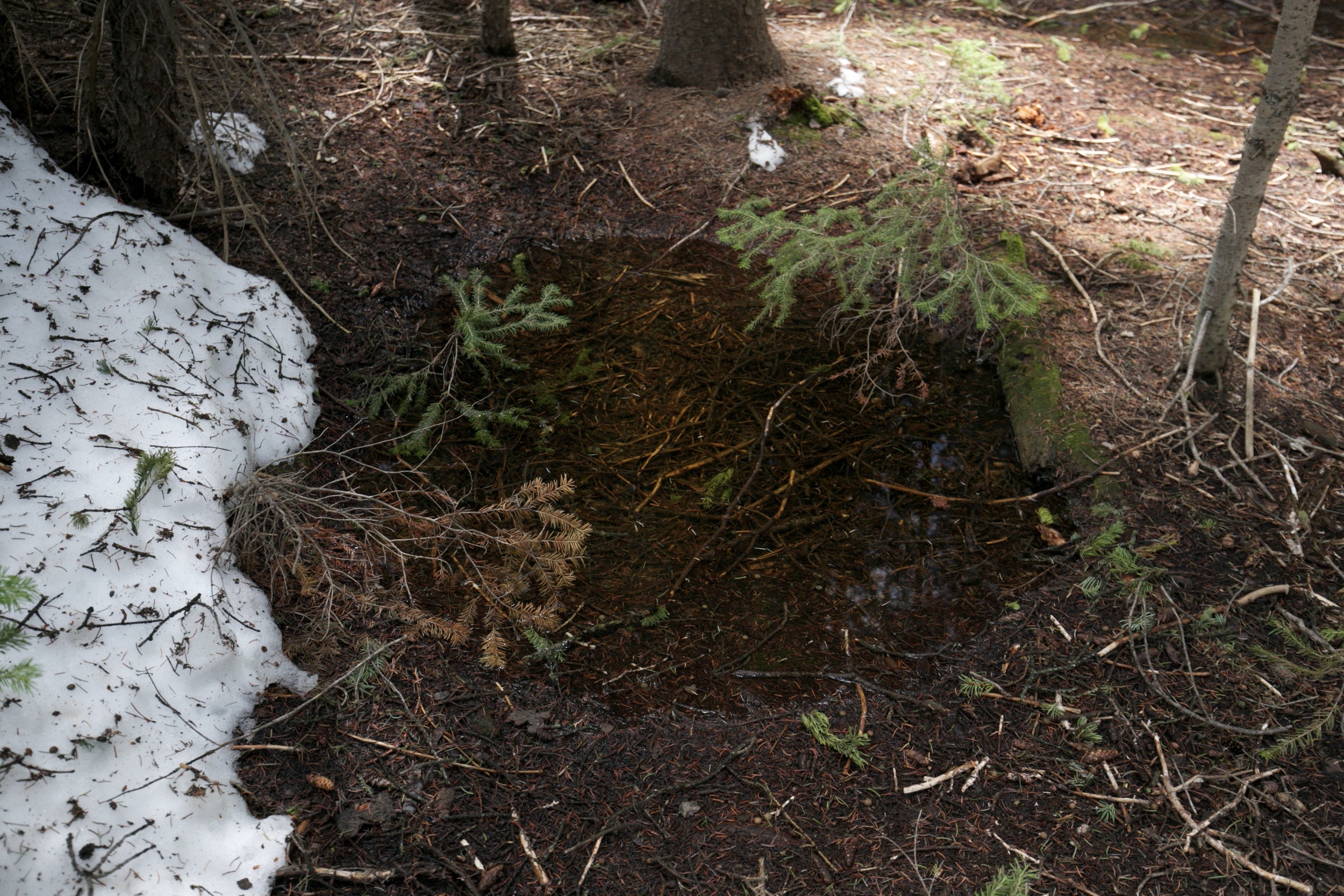GROTTO
noun | /ˈɡrädō/
“A small cavern scooped into a cave wall, usually by erosion, is called a grotto. The term vaguely suggests protection, shelter or sustenance. As a river term, grotto usually refers to a small, shaded hollow at the foot of a cliff that, most often, leads back to a hidden spring or rivulet. ”
ELEMENTS & TEMPORAL CYCLES
---
One and a half billion years ago,
magma cooled
structuring
[verb: to arrange | 1. the arrangement between parts of something complex]
a bed
of quartz monzonite
fire -> rock
glittering boudoir undisturbed
---
15,ooo years ago,
the glacier began to melt
sending its waters
coursing
[verb: to pursue | 1. the sport of hunting game animals]
boulders and sediments
scouring
[verb: move rapidly | 1. to clean or brighten something by rubbing it hard | 2. to subject a place to thorough invesitagation in order to locate something]
into the rock bed
ice -> water
---
Water is a pilgrim
in the night
searching for a place
to rest
---
One month ago,
my breath caught in the chambers
cooled to clouds
when the outside world ran rivulets
under a hot sun
water stays here
rests a while
as ice
but will move on
when spring knocks
on the door of rocks
water -> ice
---
It is exquisite to observe
the way a billion-year-old-rock
cradles
[noun & verb: to hold | 1. the bed of an infant | 2. to hold protectively]
something as ephemeral
as seasonal ice
---




























